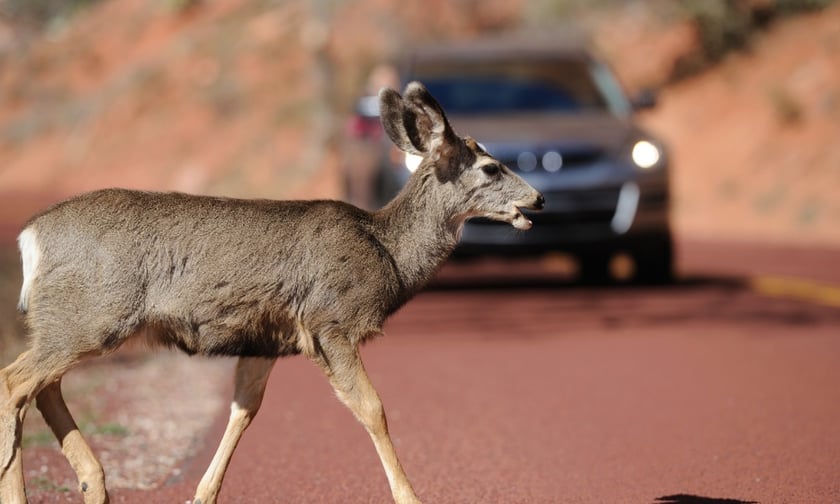

New data from NRMA Insurance has revealed a significant 34% rise in the number of claims for collisions with animals in 2023, reaching a total of 12,880.
This figure is the highest recorded in four years, signalling an upward trend in wildlife-related incidents on Australia's roadways.
As the Easter holidays and school vacation period draw near, NRMA is issuing a caution to motorists to remain alert for animals crossing roads.
NRMA executive manager Natalie Major pointed out the danger these accidents pose and stressed the importance of caution among drivers, particularly during times of increased travel.
“Wildlife accidents can be extremely dangerous, and the four-year high in animal collision claims serves as a reminder for drivers to take caution, especially during the holiday period when people are travelling long distances on regional roads,” she said.
The insurer's analysis showed kangaroos as the primary culprits in these collisions, making up 85% of the total claims, with wallabies, wombats, deer, foxes, cattle, and koalas also frequently involved.
NRMA's findings identified high-risk zones for such collisions across the country. Notably, Dubbo, Goulburn, and Canberra are among the most prone areas in New South Wales and the Australian Capital Territory.
In Queensland, areas like Goondiwindi, Jimboomba, and Roma are of particular concern, as are Collie, Margaret River, and Busselton in Western Australia. For South Australia, Penola, Port Augusta, and Mount Gambier have been highlighted as areas with frequent incidents.
Major's guidance for drivers includes practical steps to mitigate the risk of collisions with wildlife, such as ensuring adequate rest before traveling, adhering to regular breaks to maintain alertness, and being especially cautious during early morning and late evening hours.
“How a driver reacts can help protect our wildlife, minimise damage to your vehicle and potentially even prevent injuries and save lives, so it's important to be alert. Ensure you are well-rested before setting off on a long drive and take regular breaks,” Major said. “If you see an animal on the road while driving, try to slow down and don't swerve to avoid it, as you run the risk of colliding with another car or running off the road.”
NRMA's safety recommendations for motorists emphasised avoiding travel during peak wildlife activity times, the importance of rest before long drives, observing speed limits in areas known for wildlife presence, and the correct response if an animal is encountered on the road. Drivers who hit an animal are urged to safely check the animal's condition and contact wildlife rescue organisations if necessary.
This month, NRMA successfully held a bus safety program for kindergarteners, fostering an early understanding of road safety.
